To a beginner, choosing which horse to bet on can be a daunting task, and the sheer volume of numbers, abbreviations, and jargon can deter many from doing the research required to give them the best possible chance of picking a winner and beating the bookies.
With the help of our resident racing tipster, we have drawn up an essential guide for how to read a race card, including tips for understanding what is included, what it means, and why it is important, which will hopefully help you understand this better ahead of the horse racing Bank Holiday weekend and rest of 2025.
And, if you already enjoy a little wager on a horse race, then there is no harm in refreshing your knowledge to give yourself the best chance of success.
Racecard breakdown
Here, we've broken down a sample race card to help any beginners out there understand what all the info that's crammed in actually means.
Jockey colours
The first thing to notice is the colourful array of shirts the jockeys wear. These are largely representative of the horse's owners, i.e. the stable from which the horse comes. Horses from the same stable will often run in the same colours or silks. It's therefore not uncommon for an owner to have two or more jockeys in the same race wearing the same colours.
Race number and draw
Next, you'll note all horses are listed in numerical order, in this instance 1-9. Keep in mind that online race cards often list the horses in betting order, with the favourite at the top.
Under the horse's number, you can see another number in brackets. This is the number of the stall the horse will start the race from in a flat race, called the draw. The draw can be an important factor, especially in shorter races and larger fields where there is a bias for faster ground on particular sides of the racecourse, or if a shorter race encounters one bend that provides an obvious advantage in an inside stall.
Form – what do the horse form numbers mean?
The next set of numbers details the recent form of the horse. In this example, you can see 21-1161 to the left of Decorated Knight's name. Let's break those form numbers down:
- 21: Refers to where the horse finished in their races last year. The most recent race is always at the right (in this instance the horse won its last race of last year). The numbers 1-9 indicate the position the horse finished in the race, the number 0 indicates the horse finished outside the first 9.
- The symbol – (dash): Separates racing seasons. Numbers before the – are for last season.
- 1161: Refers to where the horse finished in their races this year (again, the most recent race is on the right – the horse won its last race).
- You'll see a slash symbol (/) beside Jack Hobbs' name, which indicates a longer gap, for example, if the horse missed an entire racing season.
- Other letters to look out for in the form are
- P or PU: Indicates the horse was pulled up by the jockey and did not complete the race.
- F: Indicates the horse fell.
- R: Indicates a horse refused.
- BD: Indicates the horse was brought down by another runner.
- U or UR: Indicates that the horse unseated its jockey.
Horse name
Fairly obviously, the horse's name is next – but more important is the info that follows. The number in brackets immediately after the name indicates the number of days since its last race.
Then you may also see some of these abbreviations:
- C: Indicates a horse has won on that course before.
- D: Indicates a horse has won over the same distance as this race before.
- CD: Indicates a horse has won over the course and distance before.
- BF: Stands for beaten favourite and indicates a horse was favourite for its last race, but did not win.
You may also see an abbreviation after a horse's name (e.g. IRE), which indicates where the horse was born if not in Great Britain.
Age and weight
Next up it's the horse's age, in Decorated Knight's case, it's 5 years old.
Then follows the weight which is displayed in imperial units of stones and lbs in Great Britain. You'll see that Decorated Knight's weight is 9st 0lbs.
In conditions races – including weight-for-age races – each horse is allocated a certain weight to carry, depending on factors such as age, sex, and previous races won in certain circumstances.
In handicap contests, the weight for each horse is allocated by the official handicapper, according to past performances.
Jockey
The jockey's name is listed next. As well as looking for a horse in form, following a successful jockey or stable can be an effective way to begin your search for a winner. This generally goes hand in hand with taking into the account the trainer or stable. In a lot of instances, relationships have been formed, particularly when there has been plenty of success in the past.
Ratings
Some racecards will display each horse's official BHA Rating. The BHA Handicappers allot ratings to horses once they have taken part in a sufficient number of races to enable the Handicappers to make a numerical assessment of each horse’s ability. On others, the Timeform rating will be displayed.
In this instance, this publication has its own rating system, with each horse's chances ranked out of 100. You can see Jack Hobbs is rated 99 and considered most likely to win.
Runs, wins, places & prize money
Not all racecards will feature this kind of information, but it's fairly self-explanatory and a handy reference to the background and career of each horse. It may also be particularly useful for the each-way backers, who could want to delve into the consistency of a particular horse rather than being overly-focused on their win-rate.
Trainer & owner
You'll always find these two pieces of info listed on a race card. Identifying an in-form trainer or one who has a good record at a particular course can be a good way to pick a winner. This will generally be reflected in the betting odds regardless, but there will be some hidden value.
What does NAP mean?
In horse racing, NAP generally indicates the tipster's best bet of the day. Generally-speaking, it may be a second or third-priced horse who they feel should be priced lower. If odds-on favourites or horses barely above Evens are being advised in this instance, it may be worth taking a punt on their opinion.
What does (AW) next to a racecourse name mean?
This refers to the type of racetrack. Known as All-Weather or AW, these types of tracks are Polytrack, Fibresand, and Tapeta instead of turf. The most common AW racetrack in the UK is Kempton Park.
Other things to look out for:
- Distance: Races can be run over a short distance (under a mile) up to several miles. Many horses will find a distance that suits them and stick to running only in races run around that trip. It is often a good idea to concentrate on those horses that have proven form over the distance of the race.
- Going: Some horses prefer different types of ‘going’ – the ground conditions. Some horses prefer softer ground (where the going may be ‘soft’ or ‘heavy’) and some prefer harder ground (‘good’ to ‘firm’).
Looking for a betting bonus or a place to watch live racing action? Check out the bookie bonuses and free bets section. They can provide some great offers for the upcoming horse racing cards.

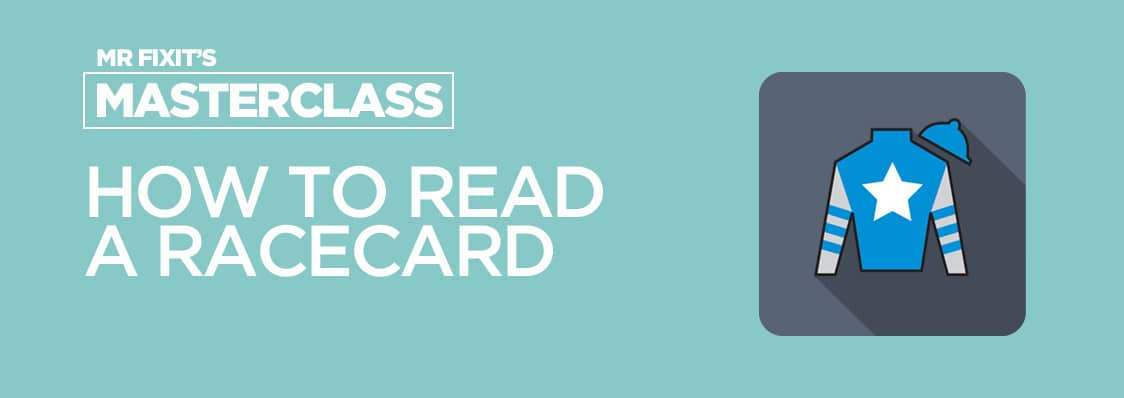



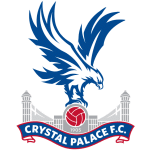
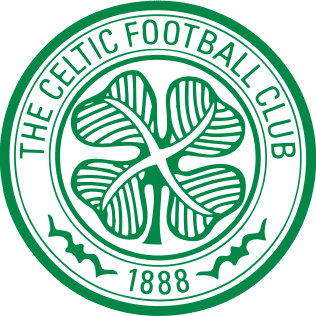
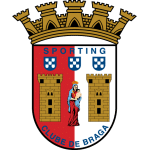
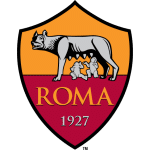
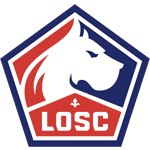









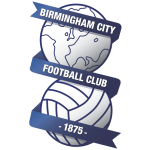
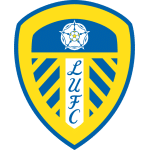
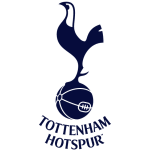
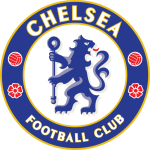
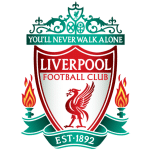



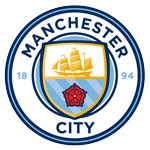












 GambleAware
GambleAware